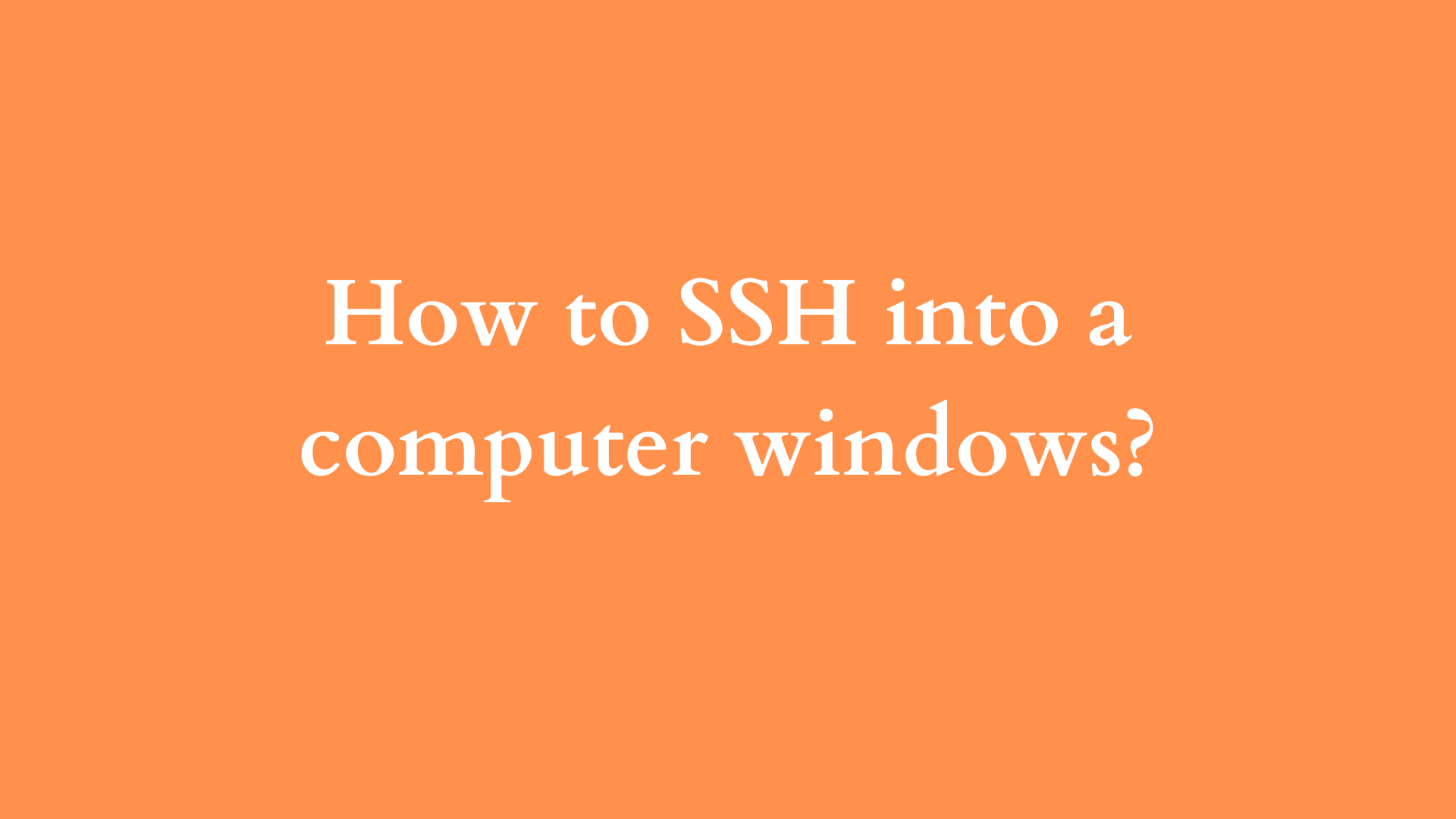Securing Remote IoT Connections With P2P SSH For Seamless Downloads
In today's highly interconnected digital landscape, establishing secure connections for remote IoT devices using P2P SSH has become indispensable for both businesses and individuals. As the Internet of Things (IoT) continues to expand at an unprecedented rate, ensuring secure communication between devices has never been more crucial. This article aims to provide a detailed exploration of how to securely connect remote IoT devices using P2P SSH for reliable and secure downloads.
In an era where cyber threats and data breaches are on the rise, safeguarding sensitive information transmitted over networks is paramount. Whether you're managing a network of IoT devices or securing your personal data, understanding the intricacies of secure connections is essential. This guide will delve into the technical aspects of remote IoT connections, the implementation of P2P SSH, and the best practices for secure downloads, equipping you with the knowledge to protect your IoT ecosystem.
Table of Contents:
- Master The Art Of Blueberry Cobbler A Comprehensive Guide
- The Remarkable Career Of Dominic Chianese From Uncle Junior To Legendary Actor
- Understanding the Importance of IoT Security
- An Overview of SSH
- Exploring P2P SSH
- Connecting Remote IoT Devices Securely
- Ensuring Secure IoT Downloads
- Advantages of Secure IoT Connections
- Key Challenges in IoT Security
- Best Practices for Establishing Secure Connections
- Tools for Implementing Secure IoT Connections
- The Future of IoT Security
Understanding the Importance of IoT Security
The Internet of Things (IoT) has transformed the way we interact with technology, revolutionizing industries from healthcare to manufacturing. IoT devices, ranging from smart thermostats to industrial sensors, have become integral to modern life. However, as the number of connected devices grows, so does the need for robust security measures. IoT security is a complex challenge that involves addressing vulnerabilities such as unauthorized access, data breaches, and malicious attacks.
Securing remote IoT connections through P2P SSH is one of the most effective strategies to mitigate these risks. By implementing advanced security protocols, organizations can protect their IoT ecosystems, ensuring the confidentiality and integrity of data transmitted between devices.
An Overview of SSH
Definition and Importance
SSH, or Secure Shell, is a cryptographic network protocol designed to facilitate secure communication over unsecured networks. It establishes a secure channel for data transmission, ensuring confidentiality, integrity, and authentication. SSH is widely used for remote server management, secure file transfers, and network tunneling.
- Paul Wall A Southern Rap Icon And Entrepreneurial Legend
- Vin Diesels Lesserknown Twin A Closer Look At His Life And Legacy
Key features of SSH include:
- End-to-end encryption of data during transmission
- Robust user and device authentication mechanisms
- Protection against eavesdropping, data tampering, and man-in-the-middle attacks
Exploring P2P SSH
Peer-to-Peer SSH Connections
P2P SSH refers to the application of SSH protocols in peer-to-peer (P2P) networks. Unlike traditional client-server architectures, P2P SSH enables direct communication between devices without the need for a central server. This decentralized approach enhances security, reduces latency, and improves scalability, making it an ideal solution for IoT applications.
Benefits of P2P SSH include:
- Decentralized communication for greater resilience
- Improved scalability for handling large-scale IoT networks
- Enhanced security through direct, encrypted connections between devices
Connecting Remote IoT Devices Securely
Steps for Establishing Secure Connections
Establishing secure connections between remote IoT devices requires meticulous planning and implementation. Below are the essential steps to ensure a secure and reliable connection:
- Identify the devices and their specific communication requirements
- Generate and configure SSH keys for secure authentication
- Set up firewalls and configure network settings to control access
- Implement advanced encryption protocols to protect data during transmission
By following these steps, organizations can establish secure connections between IoT devices, ensuring data integrity and safeguarding against unauthorized access.
Ensuring Secure IoT Downloads
Best Practices for Secure Downloads
Securing IoT downloads involves implementing comprehensive security measures to protect sensitive data during transmission. Key practices include:
- Using encrypted connections, such as SSH or TLS, for all file transfers
- Implementing multi-factor authentication to verify user identities
- Regularly updating firmware and software to address vulnerabilities
- Monitoring network activity for suspicious behavior and potential threats
Adopting these practices can significantly reduce the risk of data breaches and ensure secure downloads of IoT-related files.
Advantages of Secure IoT Connections
Enhanced Security and Operational Efficiency
Implementing secure IoT connections offers numerous benefits, including:
- Protection against a wide range of cyber threats, including hacking and data breaches
- Improved operational efficiency through reliable and uninterrupted communication between devices
- Enhanced user trust and satisfaction, leading to increased adoption of IoT technologies
Organizations that prioritize IoT security can gain a competitive edge by ensuring the reliability, safety, and scalability of their systems.
Key Challenges in IoT Security
Common Vulnerabilities and Risks
Despite advancements in IoT security, several challenges remain. These include:
- Limited processing power and memory in many IoT devices, making it difficult to implement advanced security protocols
- Inadequate security measures in legacy systems that are integrated with modern IoT networks
- Difficulty in managing and securing large-scale IoT networks with thousands of connected devices
Addressing these challenges requires a proactive and comprehensive approach, combining cutting-edge technologies with robust security policies and practices.
Best Practices for Establishing Secure Connections
Implementing Robust Security Measures
To ensure secure connections in IoT ecosystems, organizations should adopt the following best practices:
- Regularly update and patch devices to address known vulnerabilities
- Implement strong authentication mechanisms, such as multi-factor authentication, to verify user identities
- Monitor network activity continuously to detect and respond to anomalies in real-time
- Conduct regular security audits to identify and address potential weaknesses in the system
By adhering to these practices, organizations can significantly reduce the risk of security breaches and protect their IoT ecosystems from emerging threats.
Tools for Implementing Secure IoT Connections
Recommended Tools and Platforms
Several tools and platforms are available to facilitate secure IoT connections. Some of the most popular options include:
- OpenSSH: A widely used open-source tool for secure shell connections
- WireGuard: A modern and lightweight tool for secure tunneling
- ZeroTier: A peer-to-peer networking platform designed for secure and scalable IoT applications
These tools offer robust security features and are extensively used in IoT applications to ensure secure communication between devices.
The Future of IoT Security
Innovations and Emerging Trends
The future of IoT security is shaped by ongoing innovations and emerging trends. Key developments include:
- Advancements in blockchain technology for secure and transparent data management
- Integration of artificial intelligence and machine learning for real-time threat detection and response
- Development of quantum-resistant encryption protocols to address future security challenges
As technology continues to evolve, organizations must stay informed and adapt to new security challenges to protect their IoT ecosystems.
Conclusion
In conclusion, securely connecting remote IoT devices using P2P SSH for seamless downloads is a critical component of modern IoT security. By implementing robust security protocols and following best practices, organizations can protect their IoT ecosystems and ensure the integrity of transmitted data.
We encourage readers to take action by:
- Implementing the recommended security measures outlined in this article
- Exploring the tools and platforms discussed to enhance their IoT security strategies
- Sharing their insights and experiences in the comments section to contribute to the collective knowledge of the IoT community
For more information on IoT security, be sure to explore our other articles and resources. Together, we can build a safer and more secure future for IoT technologies.
- Discover The Rich Heritage Of Authentic Sweet Potato Pie
- A Comprehensive Exploration Of Ashantis Feet And Their Role In Her Iconic Image

Securely Connect RemoteIoT P2P SSH Download A Comprehensive Guide

Securely Connect RemoteIoT P2P SSH Download A Comprehensive Guide

Securely Connect Remote IoT P2P SSH Download A Comprehensive Guide